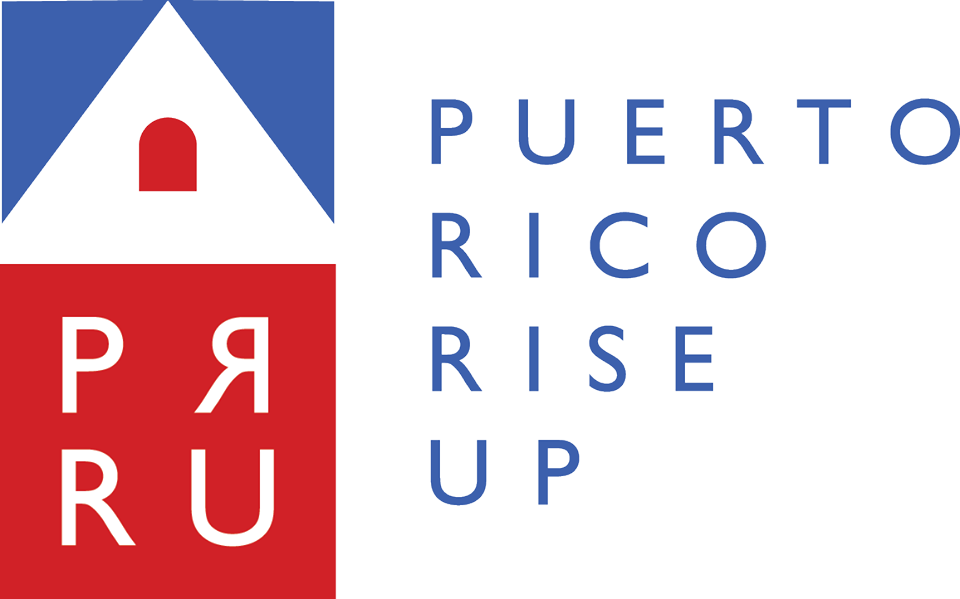TIME TO PICK A WOMAN DOCTOR
Did you know September is women in medicine month? To be honest, given the history of women and medicine, I think every month should be women in medicine month
Now, don’t get me wrong, many of these are the same battles that all women have endured when breaking through a male dominated field. Honestly, many of these can be applied to the struggles that any minority may face. So, I thought it would be good to talk about the progress we have made, the adversity we still face and what is left to overcome. No matter what field you work in, you may identify with some of these issues. You may even learn a lesson or two and you may get ideas on how to overcome some of these issues.
WOMEN AND MEDICINE: THE BEGINNING
Our unequal relationship with medicine began even before our careers as physicians developed. It began as patients, when our physiology was considered to be equal to that of men. When medical research began, physicians thought that besides the reproductive differences, men and women were essentially the same. So, all medical research was performed only with male subjects. As time went by, a little bulb lit up inside people’s heads. They realized that perhaps, we are more different than eggs and sperm. In fact, when we look at a report dealing with sex-specific medical research (yep, we have evolved to the point that now we have such a thing) we see that:
- Heart disease is the number one killer of women in the US and that the prevalence, physiology, risk factors, symptoms and outcomes are all different in male vs female.
- Nonsmoking women are three times more likely to get lung cancer than nonsmoking men.
- Twice as many women suffer from depression than men.
- More than half (67%) of Alzheimer’s patients are women. Furthermore, a woman’s risk of developing Alzheimer’s disease is twice that of men and this is not based on the fact that women tend to live longer.
Yet, historically, women were not included in any of the research studies. How can we study efficacy of a treatment when you are omitting more than half of the sufferers of that particular disease?
Stated best by Dr. Paula Johnson, who worked on the report we mentioned above:
“… to ignore these differences challenges the quality and integrity of science and medicine.”
WOMEN AND MEDICINE: THE PHYSICIANS
Then we come to the advent of women in medicine, in the 1800’s. In the US, our pioneer first female physician, Dr. Elizabeth Blackwell broke the glass ceiling (this woman was AMAZING, a true #badass and fighter, not just because of her work in the medical field, read her bio here). By 1860, there were about 200 women physicians in the United States. Fast forward to today, when we have more that 376,500 female doctors 
However, the relationship between women and medicine is still not perfect. Fewer than 10% of the women in medicine who are in leadership positions reach the highest levels of leadership (that is CEO or CMO). In addition, according to the American Medical Association, for women physicians who work in a university or teaching hospital, we tend to get stuck in the lower ranks of faculty position when compared to our male counterparts (66% of males reach higher academic ranks as compared to 34% of female counterparts for associate professor and 79% male versus 21% female for the rank of full professor).

SO, WHAT IS THE PROBLEM? WHY ARE WE NOT MOVING FORWARD IF MORE OF US ARE INVOLVED IN MEDICINE?
GENDER STEREOTYPES AND BIASES
Well, the reason is truly multifactorial, but gender bias is a big one. I see it every day at work. If I had a penny for every time a patient asked me to get them pillows or empty out their bed pan, I would be a rich woman. It is not that I find these things beneath me. I would happily fluff my patients’ pillows or clean out their urinal.
What bothers me is the stereotyping that continues to occur, still today in 2018. Like that 1950’s doctor image, people still assume that a physician is male. Furthermore, more often than not, an older male. If you are female, you must be a nurse. Unfortunately, it’s not just some patients. It’s society as a whole.
Recently, there was this circulating e-mail that showed a father and his son, they were involved in a car accident. The father died and the child was taken to the hospital. At the hospital, the surgeon states an inability to perform surgery because the child is their own. You are then asked, “how can this be?” By now, purely based on the topic of discussion, you may have guessed that the surgeon was female and she was the boy’s mother.
I shared this video with my family and, much to my disappointment, my own daughter asked if the child was adopted! My husband didn’t answer correctly, either! Interestingly, the only one who was able to answer correctly was my mother-in-law.
Now, I pride myself in teaching my girl gender equality. Also, she has a physician for a mother!! Clearly, societal stereotypes are strong and even more overpowering than my home teachings.
EVEN WITHIN OUR OWN MALE COLLEAGUES
Last month, a poor, unfortunate soul made the mistake of his lifetime by participating in an interview for the Dallas Medical Journal. It was for an article exploring salary inequalities between male and female physicians (more on that below).
This was his “eloquent” response:
“Yes, there is a pay gap. Female physicians do not work as hard and do not see as many patients as male physicians. This is because they choose to, or they simply don’t want to be rushed, or they don’t want to work the long hours. Most of the time, their priority is something else … family, social, whatever.”
Nothing needs to be ‘done’ about this unless female physicians actually want to work harder and put in the hours. If not, they should be paid less. That is fair.”
WHAT WAS HE THINKING?
Really? Completely untrue and not fact based. Unfortunately, this physician didn’t know he was messing with a group of women who are not willing to tolerate this type of commentary. What comes to mind when I think about what happened is: “I am woman, hear me roar.” And roar we did. As did his leadership role while it ran past him when he was forced to resign.
My point on bringing this up is to portray that these thought patterns are present even in our own male colleagues. I think it was good he brought this up because I know that, although this is not the majority of male physicians, many still think as he does. By bringing this to light and knowing it’s there, we can battle it.
When I left a previous job, my daughter was not yet a year old. I was leaving because after two years, I saw no growth potential for me. All the leadership positions were taken by men who had no plans of leaving anytime soon. I also learned that I was getting paid less than the just graduated male hire.
Nonetheless, when I gave notice, my male boss told me that he “understood the call of motherhood was strong” and I needed to be closer to my baby. Who said that? My new job did have a closer commute, but I would not have left if I would’ve felt like I was in a supportive environment with room to grow. Yes, my baby was my priority, but I was making it work just fine. I felt happy to work and the fact that he thought this was the reason I was leaving was just a gender biased slap in the face.
WOMEN AND MEDICINE: BUT IT IS STILL THE MEN
But, alas, medicine is still a male dominated field and there is still a large imbalance in leadership positions for women in medicine, as we mentioned before. Need more evidence? According to the American Academy of Medical Sciences (AAMC), in 2015, women made up: 39 percent of full-time faculty, 32 percent of people promoted to full professor, and 16 percent of departmental chairs. I have seen this first hand in my own department, when I look at the male: female ratio of division directors.
WHAT ABOUT SALARIES?
To add insult to injury, an article published in Doximity on April of 2017 showed that female physicians, on average, earn 26.5% less, that is, $91,284 less, than their male counterparts! 

WOMEN AND MEDICINE: YES, SOMETIMES WE HAVE BABIES
Many of us have children during training which of course adds yet another demand to an already grueling schedule and truth be told, the medical establishment has been extremely slow to accommodate our needs, so that we can meet both our family and patient related demands. Many women leave medicine at some point in their career because it just becomes too hard to balance both.
It may seem like a hopeless situation, but I have faith things will improve with time. Why? Because we already made so much progress and we really are outstanding clinicians (read below)!
WOMEN AND MEDICINE: WE ARE BETTER!
First off, we do it better 
WOMEN IN MEDICINE: GLOBALLY, THERE IS MORE OF US.
Secondly, we are slowly taking over! For the first time ever, 2017 became the year we had more women in medical schools! Females represented 50.7% of the 21,338 new enrollees in 2017, compared with 49.8% in 2016. Female enrollees increased by 3.2% 2017, while male enrollees declined by 0.3%. Since 2015, the number of female enrollees has grown by 9.6%, while the number for males has declined by 2.3%.
AND TO END
After every storm, the sun must, sooner or later, come out. The reign of female inequality in medicine is slowly, but surely, reaching its end. As newer generations of women continue to fill our medical school classrooms, maybe, I will get to see a time when the expectation becomes that a woman, not a man, is the physician. The bedpan will be handed over to the male physician to empty and patients will request that their physician be a female 
Thanks for reading and please support your women doctors,




